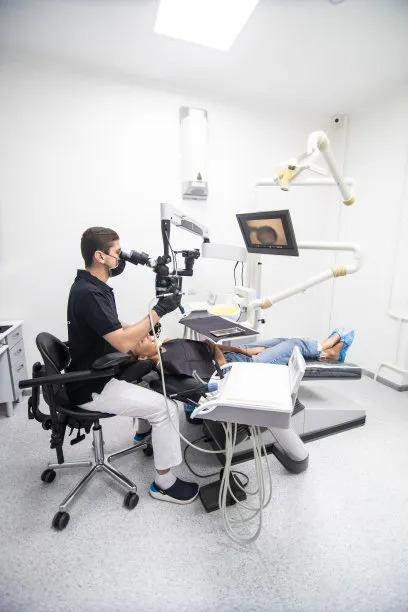The Essential Steps for Safely Extracting a Tooth at Home and Ensuring a Quick Recovery
Summary: Extracting a tooth at home can be a daunting task, fraught with potential risks if not done correctly. This article outlines the essential steps for safely removing a tooth from the comfort of your home. It emphasizes the importance of preparation, the extraction process, post-extraction care, and recognizing when professional help is necessary. By following these step-by-step guidelines, individuals can navigate the tooth extraction process while minimizing discomfort and ensuring a quick recovery. Ultimately, while home extractions may offer a solution in certain circumstances, the article strongly advocates for consulting dental professionals whenever feasible to avoid complications and ensure optimal oral health.
1. Preparation for Safe Tooth Extraction

Before taking any steps toward a tooth extraction, thorough preparation is key. First and foremost, it is paramount to identify the tooth that needs extraction. This often includes distinguishing between decay, infection, and simple discomfort. Consult resources or dental professionals to aid in understanding the symptoms associated with problematic teeth.
Once you’ve pinpointed the tooth, gather the necessary tools. Essential items include sterile gauze, dental floss, antiseptic wipes, and a pair of sanitized pliers or tooth extraction forceps. Having these tools ready helps streamline the extraction process and reduces the risk of infections through proper hygiene.
Lastly, consider the environment where the extraction will occur. Choose a well-lit, clean space, preferably with a mirror, for better visibility and comfort. Ensuring that the area is devoid of distractions can help maintain focus during the procedure, making it easier to follow safety protocols.
2. The Tooth Extraction Process Explained
Initiating the extraction process begins with administering an appropriate pain relief method. Some individuals prefer over-the-counter pain relievers, while others may use topical numbing agents. It’s critical to adhere to the recommended dosages to avoid any adverse reactions.
Once you are ready, gently grasp the tooth with the forceps, applying steady pressure to avoid breaking the tooth. Move the tooth back and forth carefully, as this can help loosen it from the surrounding gum and bone structure. Precision is essential to reduce trauma and increase the chances of a smooth extraction.
After successfully removing the tooth, it is vital to control any bleeding. Place a piece of gauze over the extraction site and bite down firmly for about 30 minutes. If bleeding persists, change the gauze and continue applying pressure. Recognizing when to stop is crucial to ensuring safety and comfort during this procedure.
3. Post-Extraction Care and Recovery
Post-extraction care is pivotal for a successful recovery. After the extraction, continue applying pressure with gauze to minimize bleeding. After it stops, carefully rinse your mouth with warm salt water to help cleanse the area and promote healing.
In the days following the extraction, it’s crucial to stick to a soft food diet. Foods like yogurt, applesauce, and smoothies provide nourishment without irritating the extraction site. Hydration is equally important, so drink plenty of fluids while avoiding the use of straws, as suction can disrupt the healing clot.
Pain management may still be necessary after the extraction. Using over-the-counter painkillers can help ease any discomfort, but always follow the instructions provided. Monitoring the extraction site for unusual symptoms, such as fever or excessive swelling, is vital, as these could indicate a complication requiring professional attention.
4. When to Seek Professional Help
Despite feeling equipped to handle a tooth extraction at home, there are situations where seeking professional help is non-negotiable. If you experience severe pain that over-the-counter medications can’t alleviate, it’s a red flag indicating a potential complication, such as a dry socket or infection.
Additionally, if the tooth breaks during extraction or if you are unable to fully remove it, professional assistance is necessary. A dentist possesses the tools and expertise to manage such complications effectively, ensuring safety and reducing stress.
Finally, if there’s noticeable swelling or pus around the extraction site a few days post-operation, it’s essential to consult a dentist. Infections can escalate quickly and may require antibiotics or other treatments to prevent serious health risks.
Summary:
In conclusion, while extracting a tooth at home may seem feasible, it is crucial to approach it with caution and awareness. Proper preparation, diligent execution, and attentive aftercare play significant roles in ensuring safety and promoting healing.
However, recognizing the limits of home remedies leads to better oral health outcomes. Engaging a dental professional for guidance can prevent unnecessary complications and guarantee a happier, healthier smile.
This article is compiled by Vickong Dental and the content is for reference only


